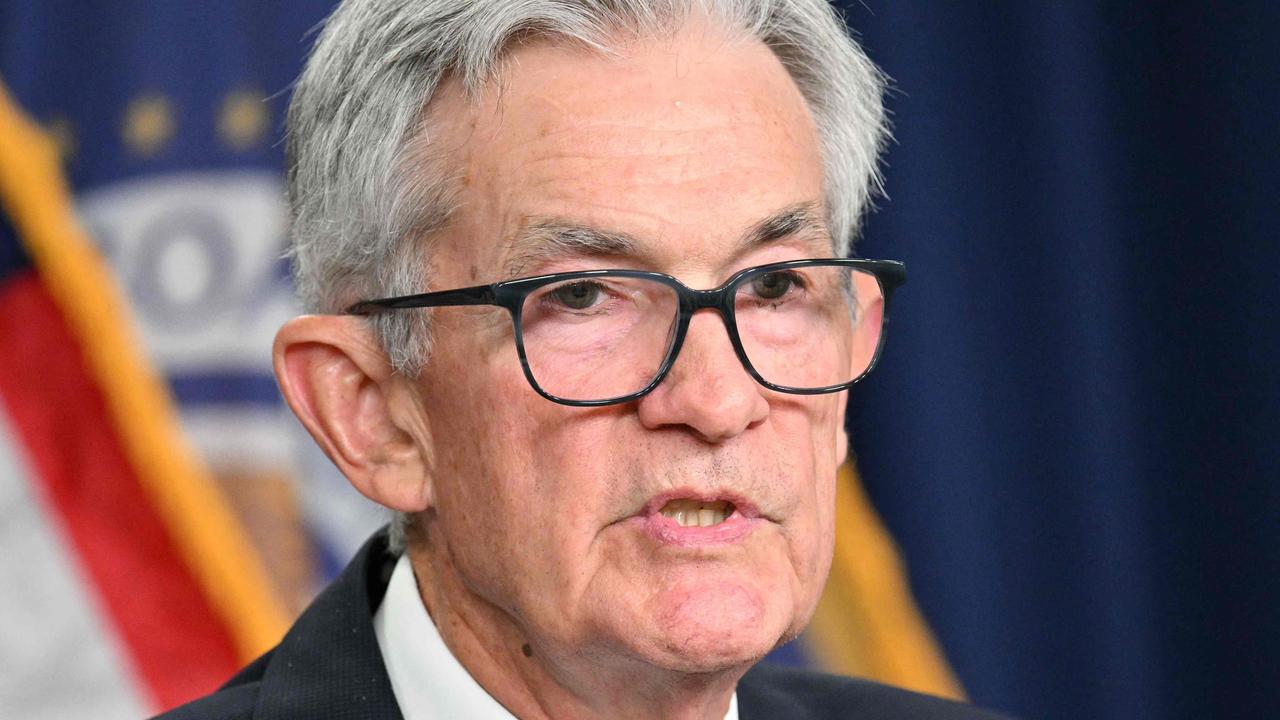The high price of neglect: London’s housing crisis goes up in smoke
THEY’RE the vertical ghettos next door to the homes of lords and their devastating secret has been exposed in the worst possible way.

WELCOME to the London borough of Kensington and Chelsea, home to barons, bankers and billionaires.
And, of course, the unfortunate residents of Grenfell Tower, who in the early hours of Wednesday morning learnt what they were truly worth in the eyes of the city’s leaders — in the most horrendous way imaginable.
The devastating inferno that lit up the 24-storey tower block will remain as a symbol of just how abhorrent the rich-poor divide has become in the English capital.
At least 17 people are dead, 74 injured and 17 are in a critical condition after a disaster that has been brewing for years.
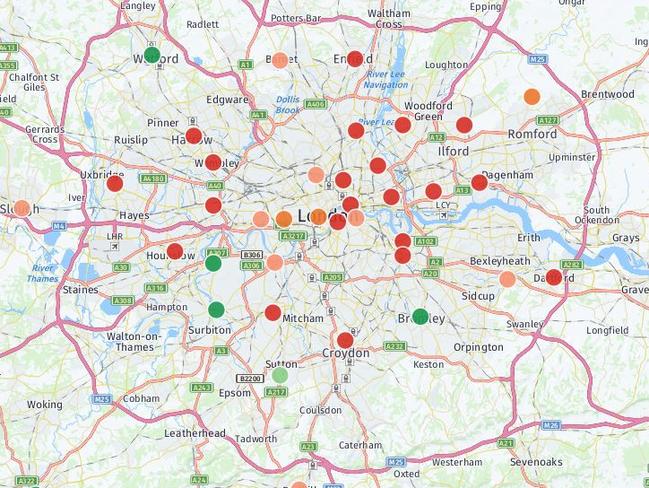
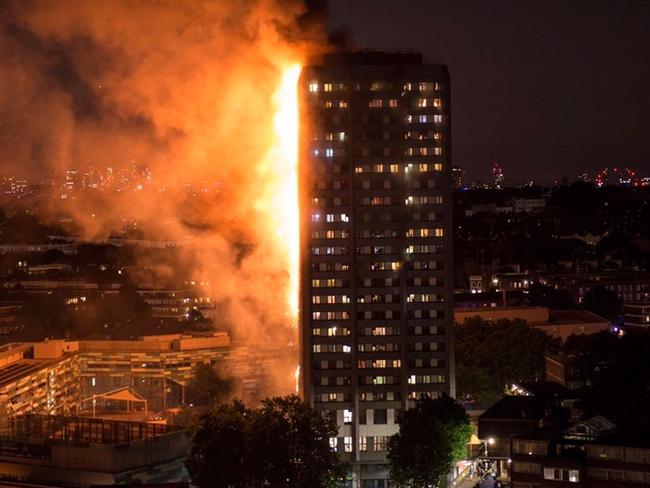
London’s housing crisis is one of the worst in world, and since it has almost twice the population of Sydney, gentrification has steadily pushed all but the wealthiest out to its far-flung outskirts.
Visiting tourists are often surprised to find run-down estates just around the corner from the affluent, leafy streets of Notting Hill, Islington and Hampstead. The capital looks this way thanks to a UK-wide program of publicly funded council house construction that began after the First World War in local boroughs across the UK and continued through to the 1980s, with Grenfell built in 1974.
The sixties saw “a lethal combination of poor quality industrial building techniques, abstract architectural theory and councils obsessed with quantity over quality,” the Guardian reported last year.
It is now down to housing associations and the private sector to provide and maintain homes with as little as possible. The idea is to have a mix of rent levels to avoid the ghettoisation of any particular suburb. But with space at a premium, public housing is a source of bitter frustration for councils and building companies desperate to profit from the valuable land.
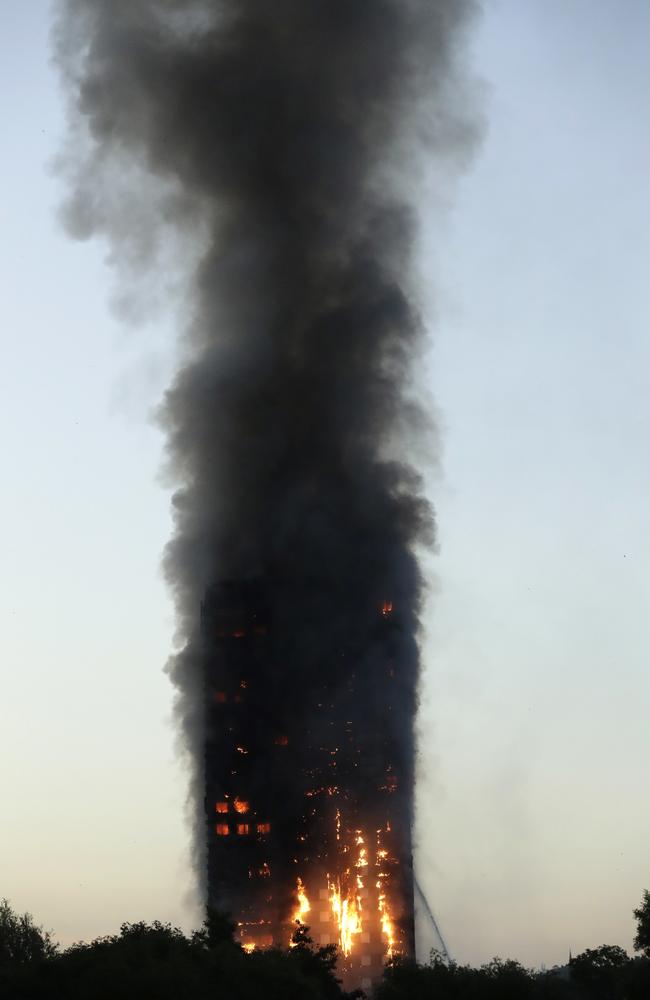

Grenfell’s management was taken over from the council in 1996 by the private Kensington and Chelsea Tenant Management Organisation.
It is feared that cladding added to the tower block to make it look more palatable to wealthy locals may have contributed to the rapid and deadly spread of the fire. The colourful plastic and foam insulation panels installed in May last year by construction company Rydon as part of a $15 million refurbishment were seen as a low-cost way to modify the building’s unattractive exterior when viewed against the backdrop of the elegant parks and luxury apartments that surround north Kensington, according to planning documents.
Meanwhile, the doomed tower block’s residents “asked again and again” about power surges, failing emergency lighting and were “threatened with legal action”, according to a representative of the Grenfell Action Group.
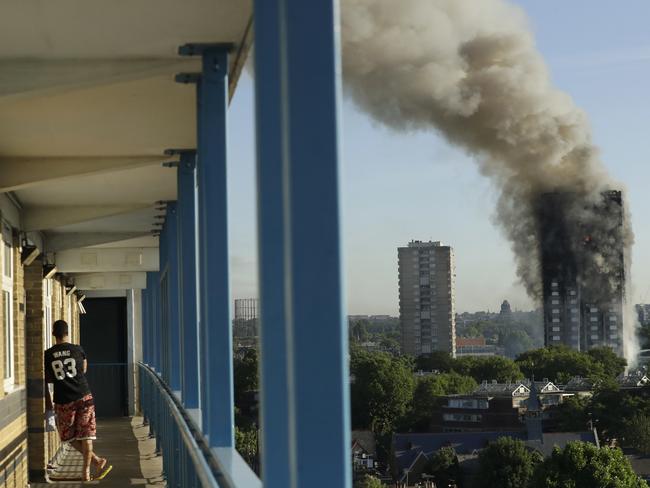
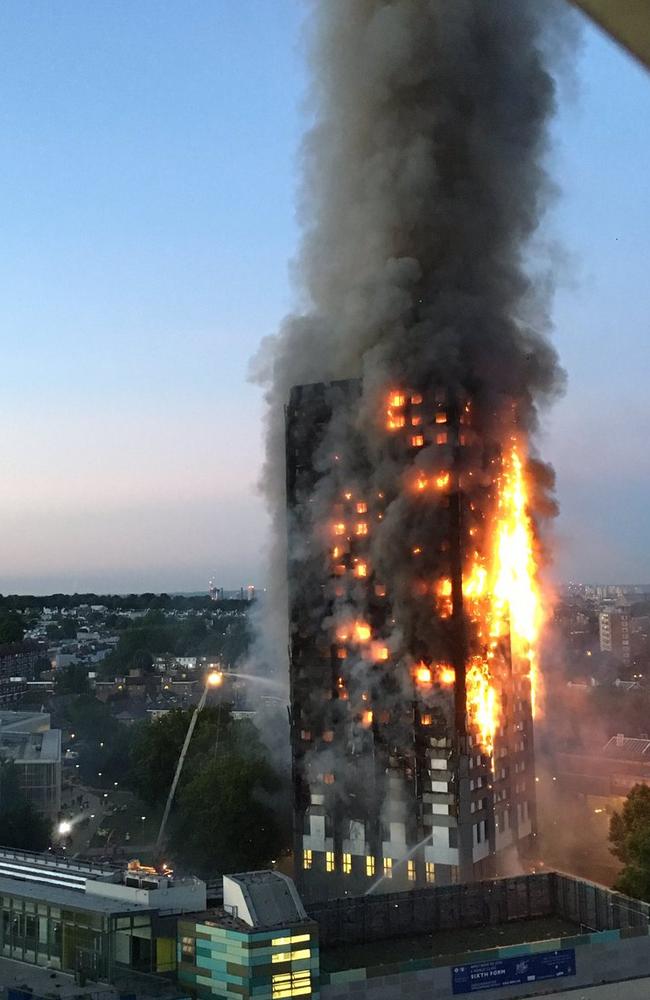
In November, the activists warned in a chilling blog post that “only an incident that results in serious loss of life” would expose the mismanagement and corner-cutting by the KCTMO, which turned a profit of $22.6 million in 2011.
Many residents who escaped the burning building said they could not hear the alarms. Others were told to stay in their flats rather than flee because the staircase was not designed for a mass evacuation. There were no sprinklers: too expensive. Fire engines struggled to reach the block since there is just one road in and out, to discourage crime. There was only one fire exit in a building housing 600 people.
It’s not London’s only dangerous residential tower. Three-quarters of all UK social housing blocks were found to be “potentially unsafe in a fire” in a 2011 report, notes the Independent.
This lady from the #GrenfellTower Action Group sums up what housing is in London for so many people #Newsnight pic.twitter.com/GgRbA2pkCf
— Koos Couvée (@KoosCouvee) June 14, 2017
In 2009, three women and three children died in the worst tower block fire Britain had ever seen at Lakanal House in Camberwell, south London. This February, Southwark Council pleaded guilty to four charges relating to the fire, and was fined $450,000. There had not been a fire inspection for three years and the block had been renovated with highly flammable panels around the windows. The council has spent $103.8 million on fire risk assessment projects since.
“They pile up the poor, and then ignore them because they probably don’t vote and will probably never get out of the carefully-designed ghetto they’ve been installed in,” wrote a Mirror journalist who was at the scene of that fire.
In 2015, real estate agent Rightmove ranked the unhappiest places to live in the UK — and nine of the top ten were in London. The ranking polled 25,000 people on safety, amenities and ‘neighbourliness’, with the worst areas coloured red and the best in green — Kensington & Chelsea was orange.
The city has become a network of deadly vertical ghettos where cost-cutting is the highest priority.
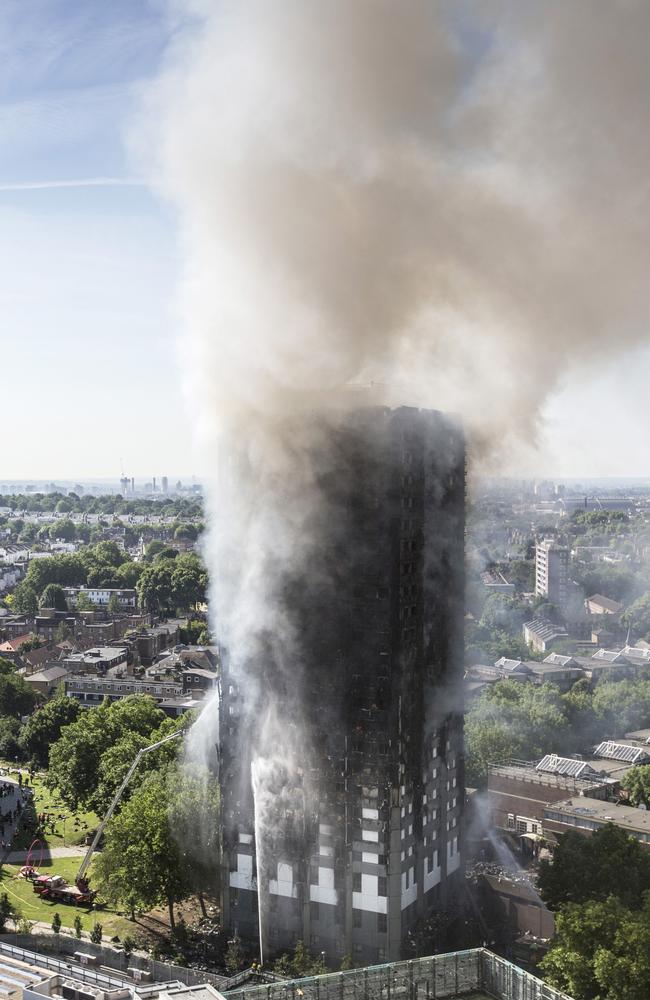
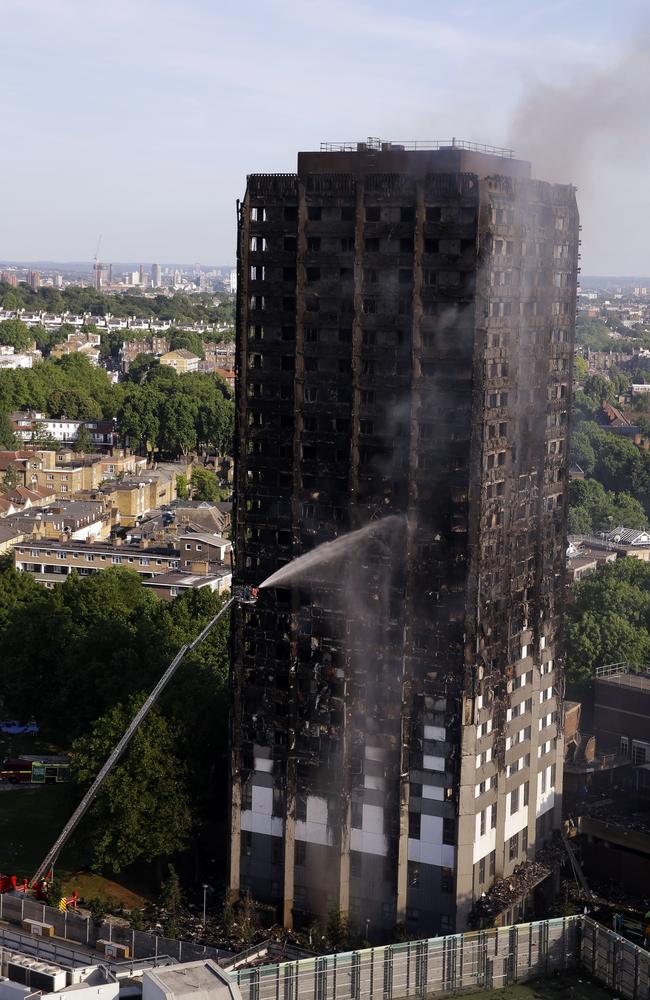
In January 2016, Conservative MPs voted against a proposed amendment to its housing and planning bill requiring private sector landlords to ensure their properties were fit for human habitation.
And on the other side of the coin, this January, the value of housing stock in London and south-east England topped $5 trillion for the first time. The concentration of wealth was most pronounced in the richest London boroughs, Westminster and Kensington & Chelsea, at $389 million, more than all of the homes in Wales, the Financial Times reported.
The problems will sound familiar to Australians priced out of a spiralling housing market. Wages are stagnant and are not keeping pace with inflation. Foreign investors are buying up expensive homes and allowing them to lie empty.
In a post on the blog Renegade Inc entitled “Tale of two cities”, William Richardson states that “inequality blights the city” while the UK government “deliberately ignores the needs of inconvenient citizens.”
The image of Grenfell Tower lighting up the night sky will be the beacon that reminds the world of the tragic outcomes of such neglect.




